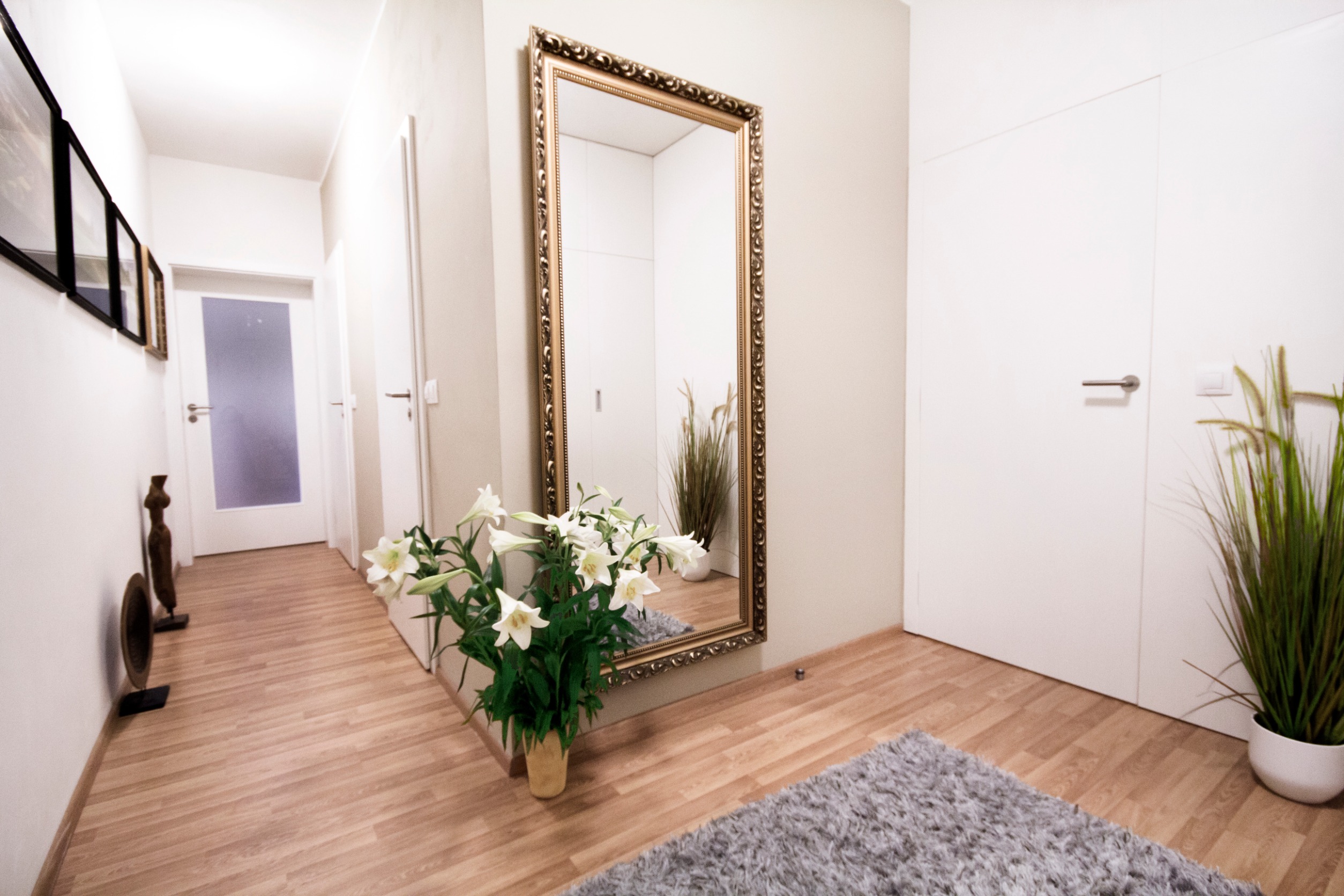Plastic surgery has become increasingly popular in recent years, with many people seeking to enhance their appearance and boost their confidence. However, it’s essential to consider the potential risks and long-term implications before going under the knife. Here are ten compelling reasons to reconsider plastic surgery.
1. Health Risks and Complications
Every surgical procedure carries inherent risks, and plastic surgery is no exception. Patients can experience complications such as infections, blood clots, and adverse reactions to anesthesia. In some cases, these complications can lead to severe health issues, prolonged recovery times, or even life-threatening situations. It’s crucial to weigh these risks against the desired outcomes before making a decision.
2. Unpredictable Results
While plastic surgery aims to enhance your appearance, the results are not always guaranteed. Factors such as individual healing processes, surgical skills, and unforeseen complications can affect the final outcome. In some instances, patients may end up dissatisfied with their results, leading to additional surgeries to correct or improve the initial procedure. This unpredictability should be a significant consideration.
3. Emotional and Psychological Impact
Undergoing plastic surgery can have a profound emotional and psychological impact. Some patients experience post-surgical depression, anxiety, or regret, particularly if the results do not meet their expectations. Additionally, the process of adjusting to a new appearance can be challenging and may require psychological support. It’s vital to consider the potential emotional toll before proceeding with surgery.
4. Financial Burden
Plastic surgery is often expensive, with costs ranging from a few thousand to tens of thousands of dollars, depending on the procedure. Insurance typically does not cover elective cosmetic surgeries, leaving patients to bear the full financial burden. Beyond the initial cost, there may be additional expenses for follow-up procedures, medications, and post-operative care. Financial stability should be a key factor in your decision-making process.
5. Maintenance and Future Procedures
Many plastic surgery procedures are not one-time fixes and require ongoing maintenance. For example, breast implants may need to be replaced every 10-15 years, and facial procedures might necessitate touch-ups as you age. This ongoing commitment can lead to additional surgeries, expenses, and potential complications down the line. Understanding the long-term commitment is essential.
6. Unrealistic Beauty Standards
Plastic surgery can perpetuate unrealistic beauty standards and societal pressures. The desire to conform to an idealized image often stems from media portrayals and cultural expectations. By opting for surgery, individuals may inadvertently contribute to these pressures, reinforcing the notion that natural beauty is inadequate. Embracing your unique features and challenging these standards can promote healthier self-esteem.
7. Potential for Addiction
For some individuals, plastic surgery can become an addiction. The pursuit of perfection may lead to multiple procedures, each aiming to correct perceived flaws. This cycle can result in physical and psychological harm, as well as a distorted sense of self-image. Recognizing the signs of addiction and seeking help if needed is crucial to maintaining overall well-being.
8. Ethical Considerations
The ethics of plastic surgery can be complex, particularly regarding body modification and societal expectations. Some argue that altering one’s appearance for cosmetic reasons can perpetuate harmful stereotypes and discrimination. Additionally, the environmental impact of medical waste generated by plastic surgery is a growing concern. Reflecting on these ethical implications can guide your decision-making process.
9. Impact on Personal Relationships
Plastic surgery can affect personal relationships in unexpected ways. Friends and family members may have varying opinions on your decision, leading to tension or misunderstandings. Additionally, changes in appearance can impact how others perceive and interact with you, sometimes creating a sense of distance or alienation. Considering these potential effects on your social dynamics is important.
10. Embracing Body Positivity
Body positivity and self-love are about embracing and appreciating your body just as it is, without succumbing to societal pressures and unrealistic beauty standards. Everyone deserves to feel confident and comfortable in their own skin, regardless of shape, size, or appearance. By focusing on self-acceptance and celebrating your unique features, you can cultivate a healthier and more positive relationship with yourself without feeling the need to have plastic surgery. By focusing on loving yourself, you may ultimately reconsider plastic surgery.
Making an Informed Decision
Plastic surgery is a significant decision that should not be taken lightly. By considering the potential health risks, emotional impacts, financial costs, and ethical implications, you can make a more informed choice about whether it’s the right path for you. Embracing your natural beauty and challenging societal standards can lead to a healthier, more confident self-image. Ultimately, the decision is deeply personal and should be made with careful thought and consideration of all factors involved.
Read More
Tiny Space, Big Dreams: 16 Genius Decorating Tips for Small Apartments
The Role of Large Dumpsters in Disaster Cleanup and Recovery






















































